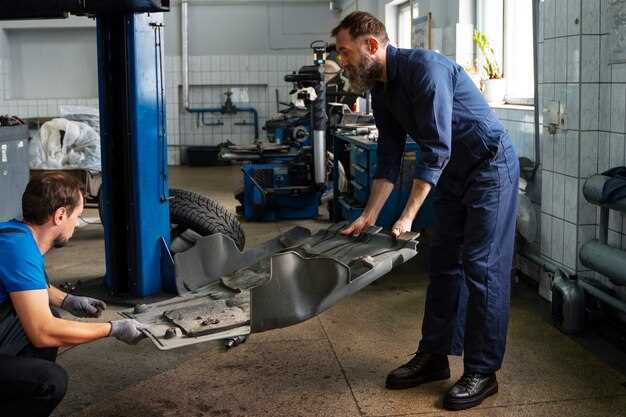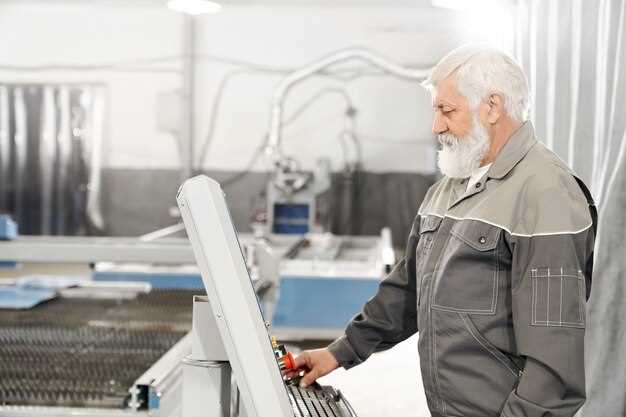
Frame alignment machines are essential tools in various manufacturing and assembly processes, designed specifically to enhance precision and efficiency. These machines facilitate the accurate positioning of frames, which is crucial in sectors such as automotive, telecommunications, and furniture production. By understanding their functionality, manufacturers can optimize workflows and improve product quality.
At their core, frame alignment machines utilize advanced technology to ensure that components are accurately aligned and secured before further processing. This alignment is vital for preventing defects and ensuring that the final products meet stringent quality standards. The machines often employ a combination of sensors, actuators, and software algorithms to achieve precise alignment, minimizing human error and enhancing productivity.
Furthermore, the versatility of frame alignment machines allows them to adapt to various frame sizes and specifications, making them valuable assets in a dynamic production environment. Whether handling large automobile frames or delicate electronic housings, these machines are engineered for reliability and accuracy. As industries continue to evolve, understanding the functionality of frame alignment machines will be pivotal in driving innovation and improving efficiencies in production lines.
How Frame Alignment Machines Optimize Structural Integrity in Vehicle Repair
Frame alignment machines are essential tools in modern vehicle repair that ensure the structural integrity of automobiles is maintained or restored after an accident. These machines utilize advanced technology to precisely measure the vehicle’s frame dimensions, determining any deviations from the manufacturer’s specifications.
During a collision, the frame of a vehicle can become misaligned, which may compromise its safety, performance, and overall longevity. Frame alignment machines employ laser or electronic measurement systems that provide accurate data on the vehicle’s specifications, allowing technicians to identify specific areas of misalignment.
One of the key advantages of using frame alignment machines is their ability to provide real-time feedback during the alignment process. Technicians can visualize the required adjustments on a computer screen, making it easier to ensure that every part of the frame is corrected according to the precise standards. This visualization also aids in reducing human error, leading to more accurate repairs.
Moreover, these machines play a critical role in restoring the vehicle’s original handling characteristics. Proper frame alignment ensures that all suspension components are functioning correctly, which directly impacts the vehicle’s driving dynamics. By optimizing the frame, technicians can help prevent future wear and tear, reducing the likelihood of further repairs down the line.
Additionally, frame alignment machines often come equipped with features such as integrated calibration tools and diagnostic capabilities. This allows technicians to not only align the frame but also to check for other underlying issues that may have resulted from the collision. As a result, the comprehensive inspection process enhances the overall safety of the repaired vehicle.
In conclusion, frame alignment machines are pivotal in enhancing the structural integrity of vehicles post-repair. They provide precise measurements, reduce human error, restore handling characteristics, and facilitate comprehensive diagnostics, ultimately ensuring that vehicles are safe, reliable, and restored to their optimal condition. Investing in advanced frame alignment technology is crucial for repair shops aiming to deliver high-quality, dependable automotive services.
Key Features of Frame Alignment Machines for Precision Measurement

Frame alignment machines are essential tools in various industries, particularly in manufacturing and construction, where precision is paramount. These machines offer several key features that contribute to their effectiveness in ensuring accurate measurements and alignments.
1. High Accuracy and Precision: One of the most critical attributes of frame alignment machines is their ability to deliver high levels of accuracy. These machines utilize advanced sensors and measurement systems that allow for minute adjustments and precise alignments, ensuring that components are positioned correctly within thousandths of an inch.
2. User-Friendly Interface: Modern frame alignment machines often come equipped with intuitive user interfaces that simplify the operation process. This feature allows operators, regardless of their technical expertise, to easily navigate through various settings and measurement options, thereby reducing the likelihood of user error.
3. Versatility: These machines are designed to work with a wide range of materials and structures, making them versatile tools in various applications. Whether aligning heavy machinery or intricate components, frame alignment machines can be adapted to meet different requirements effectively.
4. Enhanced Data Recording: Frame alignment machines typically include the capability for detailed data logging and reporting. This feature enables users to track measurements over time, analyze alignment trends, and ensure that pertinent adjustments are made, thereby improving overall operational efficiency.
5. Robust Construction: Constructed from durable materials, frame alignment machines are built to withstand the rigors of industrial environments. Their robust design ensures longevity and reliability, which is crucial for maintaining consistent performance during demanding tasks.
6. Advanced Calibration Systems: To maintain their accuracy over time, many frame alignment machines incorporate advanced calibration features. These systems automatically adjust the machine’s parameters based on environmental conditions and usage patterns, ensuring stable and reliable performance.
7. Integration with Other Technologies: Frame alignment machines can often be integrated with other technologies, such as CAD systems and automation tools. This capability enhances their functionality, allowing for seamless workflows and improved measurement processes across different stages of production.
8. Real-Time Feedback: Many modern machines provide real-time feedback to operators, enabling immediate corrections to be made during alignment processes. This feature reduces downtime and enhances the overall efficiency of operations.
In conclusion, the key features of frame alignment machines–high accuracy, user-friendly interfaces, versatility, enhanced data recording, robust construction, advanced calibration systems, integration capabilities, and real-time feedback–make them indispensable tools for achieving precision measurement in various applications. Understanding these features is essential for maximizing their benefits and improving overall operational outcomes.
Common Maintenance Practices to Ensure Longevity of Frame Alignment Equipment

Maintaining frame alignment machines is crucial for their longevity and performance. Regular maintenance not only extends the lifespan of the equipment but also ensures precise alignments that are vital for vehicle safety. Below are common practices that should be implemented to keep frame alignment equipment in optimal condition:
- Regular Calibration:
Calibration should be performed routinely according to the manufacturer’s recommendations. This ensures that the machine remains accurate and reliable for all alignment tasks.
- Cleaning:
Keep the equipment clean from dust, debris, and grease. Use appropriate cleaning agents that do not damage sensitive components. A clean machine operates more efficiently and reduces the risk of component wear.
- Lubrication:
Inspect and lubricate moving parts regularly to prevent friction and wear. Use high-quality lubricants recommended by the manufacturer, and ensure lubricants are applied correctly and in the appropriate amounts.
- Inspection of Cables and Connections:
Check all cables and electrical connections for wear, fraying, or damage. Faulty connections can lead to inaccurate measurements and hinder operation.
- Software Updates:
For computerized alignment machines, ensure that software is updated regularly. Updates can provide new features, improve performance, and fix bugs that may affect functionality.
- Training Personnel:
Ensure that all technicians operating the equipment are properly trained. Misuse of the machine can lead to unnecessary damage, requiring costly repairs or replacements.
- Routine Maintenance Checks:
Establish a routine maintenance schedule. This includes inspecting the equipment for any visible signs of wear and addressing potential issues before they escalate.
- Storage Conditions:
Store alignment machines in a controlled environment, free from excessive moisture, dust, and temperature fluctuations. Proper storage conditions help protect sensitive components from damage.
- Documentation of Maintenance:
Keep detailed records of all maintenance activities. Documentation can help track regular maintenance and repairs, providing insight into the machine’s overall health and performance over time.
Implementing these maintenance practices can significantly enhance the longevity and functionality of frame alignment machines, ensuring that they continue to deliver accurate and reliable results for years to come.

